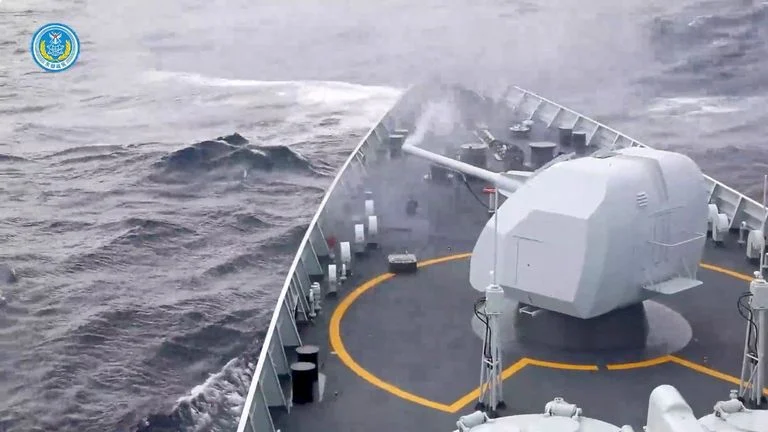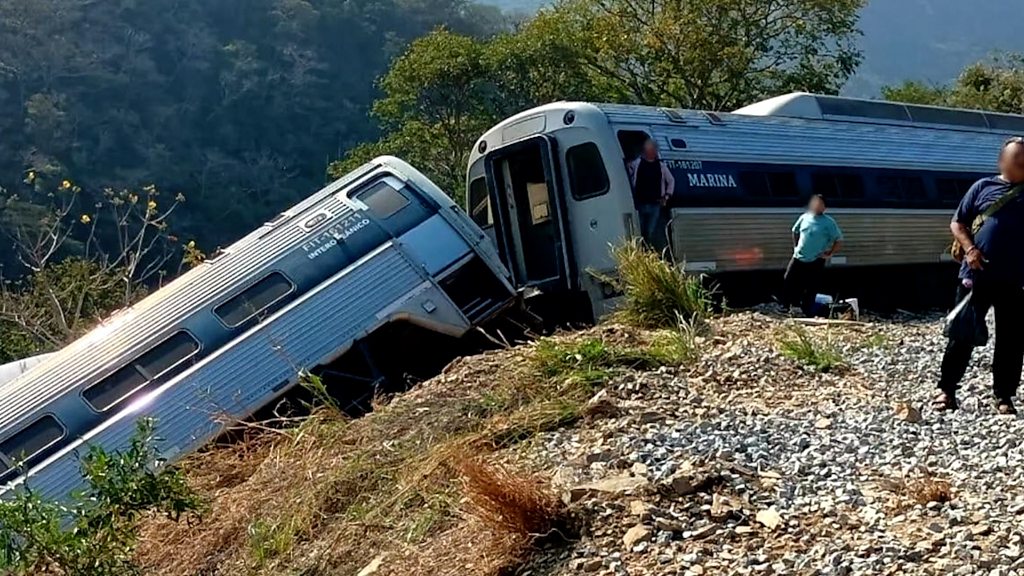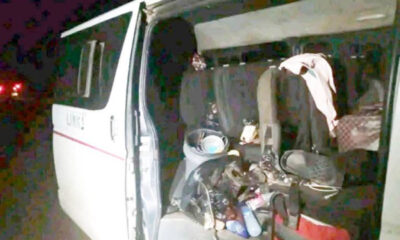The military said the hostages were killed during combat with militants in Gaza and expressed its condolences to the families while saying there would be “full transparency” in the investigation into the incident.
A statement from the military said the hostages were killed during an intense battle with Palestinian militants in Gaza.
“During combat in Shejaiya (a battleground neighborhood of Gaza City), the IDF (army) mistakenly identified three Israeli hostages as a threat. As a result, the troops fired toward them and they were killed,” the army said in a statement.
“Immediate lessons from the event have been learned, which have been passed on to all IDF troops in the field,” it added, expressing “deep remorse over the tragic incident.”
Israeli Prime Minister Benjamin Netanyahu called the hostage deaths an “unbearable tragedy.”
Army spokesman Daniel Hagari said the military “bears responsibility for everything that happened.”
READ ALSO:
- Police rescue four siblings kidnapped by herdsmen in Anambra
- ‘Spiritual attack’ – How I ended up in Lagos under bridge after 21years in US – Ibironke
- Lucky Aiyedatiwa freezes Local Government Account
“We believe that the three Israelis either escaped or were abandoned by terrorists who held them captive,” he said, adding: “We still don’t know these details.”
The body of a French-Israeli dual national who was among the hostages seized on October 7, was meanwhile returned to Israel after being recovered by troops inside Gaza.
Sirens warning of incoming rockets from Gaza sounded in Jerusalem for the first time since October 30, sending residents scurring for cover.
The rockets all hit open ground or were intercepted by air defenses, the army said.
In recent days Israel has engaged in intense battles with Hamas militants, who often wear casual civilian clothing, and on Wednesday announced its worst combat losses with 10 soldiers killed in 24 hours.
Hamas rampaged through Israeli towns killing 1,200 people and capturing 240 hostages on Oct. 7. Israel then launched a counter-attack, during which Gaza health authorities say close to 19,000 people have been confirmed killed, with thousands more feared buried under rubble.
During a week-long truce in late November, Hamas released more than 100 women, children and foreigners it was holding in Gaza in exchange for the release of 240 women and teenagers imprisoned by Israel, many without charge.
“Together with the entire people of Israel, I bow my head in deep sorrow and mourn the death of three of our dear sons who were kidnapped,” Israeli Prime Minister Benjamin Netanyahu said in a statement. “My heart goes out to the grieving families in their difficult time.”
More than 100 hostages still remain in Gaza. Some have been declared dead in absentia by Israeli authorities.
Earlier on Friday, the Israeli military said it had recovered the bodies of three Israelis — a civilian and two soldiers — who had been held in the Gaza Strip by Hamas.
Israeli military admits killing 3 hostages by mistake during an ‘intense battle’ in Gaza
arabnews



































